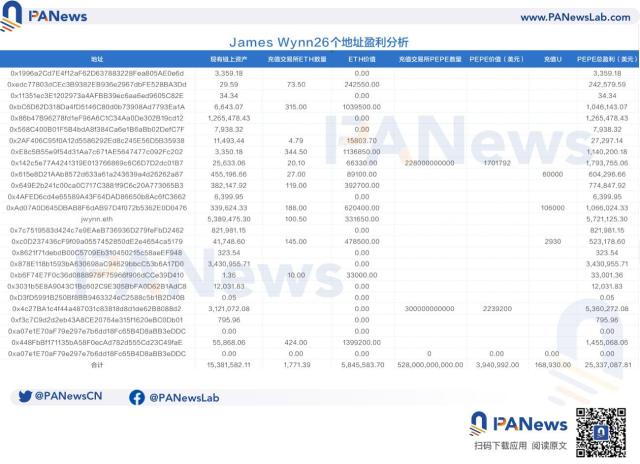Zeus ecosystem protocol Apollo imports BTC liquidity into Solana by issuing 1:1 anchored zBTC.
Written by: 1912212.eth, Foresight News
If BTC assets are just kept in the wallet, it seems to be a waste of capital efficiency in the context of pursuing high returns. Since the last cycle, many projects hope to introduce BTC into Ethereum to maximize capital efficiency, such as Bradger, wBTC, etc. Now with the increasing prosperity of Solana ecology, DeFi that introduces BTC into Solana has also emerged. Zeus, as one of the best, tops the voting list in Jupiter 's new listing platform. Why is it so popular?
Zeus Introduction
Zeus is a cross-chain communication network designed to facilitate permissionless communication between Solana and the Bitcoin ecosystem. The ecosystem mainly includes two major DeFi suites, Apollo and Artemis, of which Aplollo is mainly responsible for introducing BTC to Solana.
Apollo imports BTC liquidity into Solana by issuing 1:1 anchored zBTC. Liquidity providers on chain A will not return their liquidity to chain B, and assets are locked and protected by the protocol. The APOLLO framework includes two-way pegs (2WP), liquidity management, and revenue management. APOLLO is an integrator of decentralized liquidity management and also acts as a custodian of zBTC. The management of 1:1 pegs is facilitated by a flexible hot/cold reserve design, where the upper limit of zBTC in circulation is closely related to the total locked value (TVL) of SOL and LSD-SOL. Apollo will also launch its own token in the future.
After the integration, zBTC can be used on platforms such as Solend, marginfi, and Kamino Finance to make BTC an income asset through lending and other means. It is worth mentioning that users who have participated in Jupiter's new issuance and voted for Zeus will be able to use the Apollo test network first.
According to official statistics, as of March 24, its total TVL has exceeded 13 million US dollars.
Zeus Architecture
The Zeus architecture mainly consists of four major components: validators, nodes, consensus mechanisms, and security mechanisms. Its verification process runs on a decentralized and permissionless group model. To become a validator, an individual needs to run a node.
The Zeus node system is composed of multiple complete components, including off-chain services such as peer-to-peer, broadcast, signature (with signature aggregation), and dual-function registration services that can run on-chain and off-chain. In order to enhance the scalability of the system, possible modifications include implementing alternative signature algorithms, integrating broadcast service adapters to support different chains such as Bitcoin L2, EVM, MoveVM, and developing on-chain registry programs or smart contracts in various programming languages such as Solidity, Move, etc.
In the Zeus consensus mechanism, validators focus only on verification, separate from on-chain transactions. Validators implement a threshold signature mechanism, and the Bitcoin main root utilizes Schnorr signatures. This concept extends to the Solana Ed25519 signature algorithm. Off-chain signature aggregation improves efficiency over on-chain voting and helps to smoothly broadcast signed transactions to Solana. Additional layers of protection also include fraud proofs and honest validator behavior assumptions.
Economic security is enhanced by Slash design or program. Operating under the assumption of honesty, the framework requires at least one honest validator, and each node is incentivized to submit fraud proofs (identifying unauthorized transactions) to the program, thereby receiving a certain percentage of Slash funds as a reward. In order to ensure the integrity of the operations signed by Zeus validators, any such operations are followed by a "challenge period". This period includes operations such as locking and unlocking Bitcoin, Solana withdrawals, allocations, and minting or destruction.
Token Economics
The total supply of Zeus token economics is 1 billion, of which
Ecosystem and community growth (45%): 10% for TGE, and the rest unlocked after 12 months;
Foundation (20%): 10% for TGE, and the remaining portion will be unlocked after 12 months;
Team (15%): unlocked after 15 months, released linearly over 15 months;
Early supporters (10%): 5% will be used for TGE, and the remaining portion will be unlocked after 3 months and released linearly over 15 months;
Launchpad (5%): 100% for TGE;
Advisors (5%): 5% will be used for TGE, and the remaining portion will be unlocked after 6 months, and will be unlocked linearly over 15 months;
Among them, Zeus Network will also airdrop ZEUS to 300,291 independent addresses. These include:
181,889 addresses participated in the Jupiter LFG Launchpad voting;
114,772 zuPoint holder addresses;
3630 Dappie Gang NFT holder addresses.
Tokens have multiple uses in the Zeus network, including running Zeus nodes, fee sharing, cross-chain fee (such as BTC) staking , and other activities.
route map
According to the official document, the main goal of Zeus is to launch nodes, ZEUS token staking, and BTC staking functions by the end of this year. Specifically, the "Muses upgrade" will be carried out in the second quarter of this year to develop Zeus nodes to enable the normal operation of the network. The "Gaia upgrade" will be carried out in the third quarter to provide ZEUS and BTC staking services to earn income. The "Athena upgrade" will be carried out in the fourth quarter to mainly release programming libraries for ecological project development, including integrated browsers, charging relay fees, etc.
Summarize
Earlier this month, Zeus announced that it had received angel investment from three well-known industry figures: Solana co-founder Anatoly Yakovenko, Mechanism Capital founder Andrem Kang, and Stacks co-founder Muneeb Ali. Its official tweet even hinted that it would conduct a public offering on April 4. With the support of Solana ecological projects, well-known big names' endorsements, and Jupiter's first new project, the public offering may attract a lot of attention.










